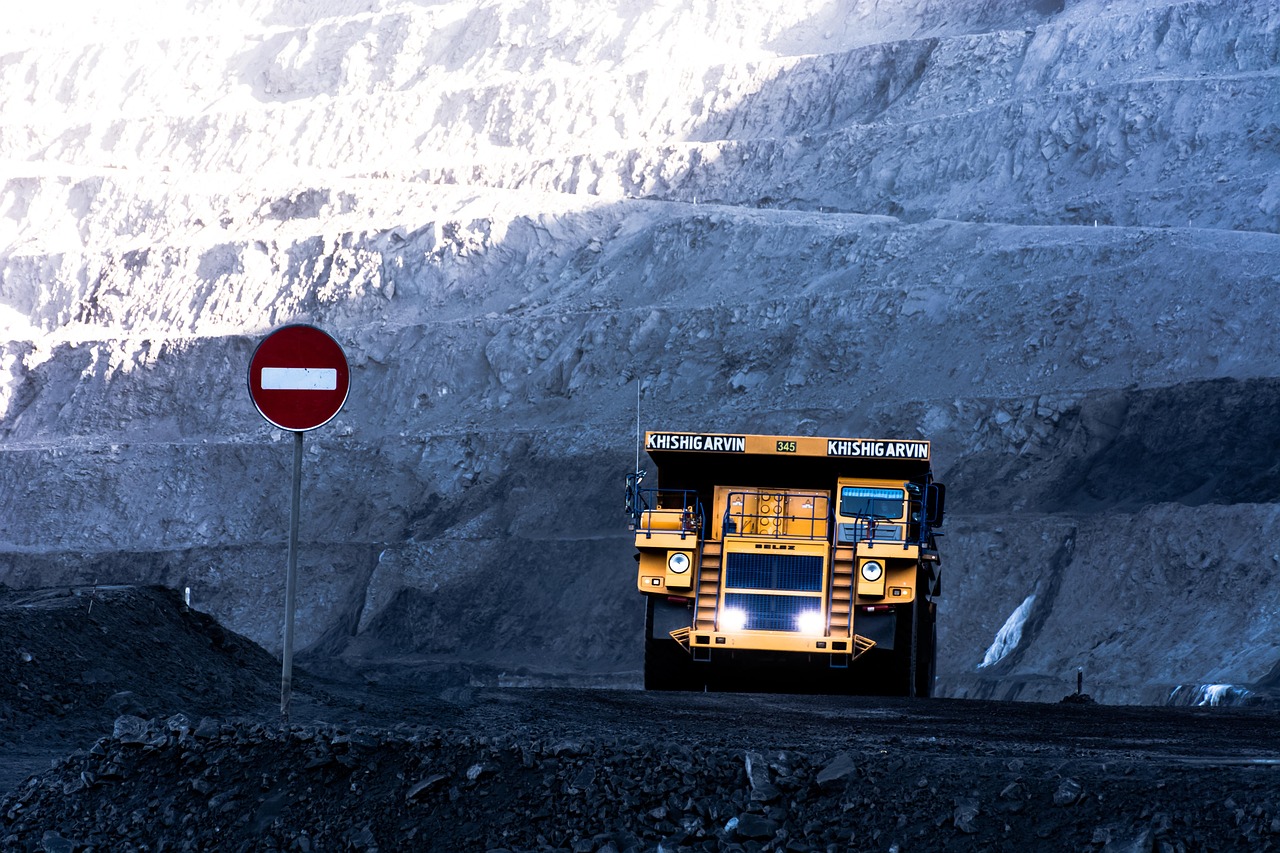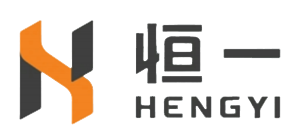
Eng keng tarqalgan konveyer tasmasi nima?
2025-09-05 11:01Related product links:
Convex Conveyor Belt
The most common type of conveyor belt is the general-purpose fabric conveyor belt, typically made from a combination of polyester (EP) and nylon (NN) fibers. These belts are widely used across various industries due to their versatility, strength, and cost-effectiveness. Here's why they are so popular:
1.Material Composition:
Polyester (EP) fabric offers good strength, low stretch, and high resistance to wear.
Nylon (NN) fabric provides good tensile strength and flexibility, especially useful in applications requiring dynamic motion.
2. Wide Range of Applications:
These belts are used in industries like mining, food processing, automotive, logistics, and manufacturing, making them adaptable to many different environments.
Common applications include transporting bulk materials (e.g., coal, gravel), unit loads (e.g., packaged goods), and even assembly lines.
3. Flexibility:
The belts come in various widths, lengths, and thicknesses to accommodate different load capacities and system speeds.
They can be flat or troughed depending on whether the materials need to be contained or spread out.
4. Cost-Effectiveness:
Fabric belts are relatively inexpensive compared to other specialized conveyor belt types, which makes them an economical choice for many industries.
5. Durability and Versatility:
They are designed to resist wear and tear, have good abrasion resistance, and can handle moderate to high temperatures, chemicals, and even some oils.

How to Choose a Heavy-Duty Nylon Conveyor Belt:
High-Load Transport Requirements:
Reality: Conveyor belts are used in heavy industrial environments such as mines, steel mills, and coal yards, transporting heavy materials in harsh environments.
Recommendation: Choose a high-strength, thicker, multi-layer nylon conveyor belt (such as a 3-ply or 5-ply structure). This type of belt can effectively withstand heavy loads and has strong tensile strength and impact resistance. It is also recommended to choose a belt with a more wear- and tear-resistant surface material to extend its service life.
Harsh Temperature Environments:
Reality: Customers' production lines may operate in high or low temperature environments (for example, steel smelters or refrigerated logistics), subject to significant temperature fluctuations.
Recommendation: Choose a nylon conveyor belt that can withstand both high and low temperatures. For high-temperature environments, choose a high-temperature resistant nylon conveyor belt; for low-temperature environments, choose a belt with good low-temperature flexibility to prevent belt embrittlement.
Chemically Corrosive Environments:
Reality: Customers use conveyor belts in the chemical industry, oil processing, mineral extraction, and other fields, where the materials contain corrosive chemicals.
Recommendation: In such environments, it's important to choose chemical-resistant nylon conveyor belts, particularly those resistant to acids, alkalis, and oils. This effectively prevents chemical damage and ensures long-term operation.
High-Abrasion Environments:
Reality: Your conveyor belts frequently handle abrasive materials like ore and coal, which creates significant friction and wear.
Recommendation: We recommend choosing a highly wear-resistant nylon conveyor belt. The belt surface material should be extremely wear-resistant. You may even consider choosing a special wear-resistant rubber covering to reduce the cost and maintenance time of frequent belt replacements.
Fire Protection and Safety Requirements:
Reality: Conveyor belts are used in flammable and explosive environments, such as coal mines and chemical plants.
Recommendation: To ensure safety, it's recommended to choose fire-resistant and anti-static nylon conveyor belts to reduce the risk of fire or electric shock. Fire protection is particularly important in industries with strict fire protection requirements.
Conveyor Belt Speed and Adaptability:
Reality: Your customer needs to select the appropriate belt speed based on the conveyor speed of the production line to avoid production instability caused by excessively high or low speeds.
Recommendation: Adjust the nylon conveyor belt specifications based on the conveying material type and production speed to ensure operational stability and efficiency. For applications requiring precise control of material flow rate, consider a conveyor belt system with speed control.
Budget Constraints:
Reality: The customer is budget-constrained when selecting a conveyor belt and wants to control costs while ensuring quality.
Recommendation: Based on the customer's specific application scenario and budget, we recommend selecting a cost-effective mid- to high-end nylon conveyor belt. Adjusting the belt structure (e.g., two-ply or three-ply) and optimizing the belt cover material can ensure that performance requirements are met to the greatest extent possible within the budget.
